Difference between concept map and mind map (with examples)
Miscellanea / / February 28, 2022
The conceptual map and the mind map They are graphic instruments that serve as tools to organize concepts and statements in a simplified way. Both types of map have as main objectives to facilitate understanding and memorization.
However, each of them has specific characteristics that allow graphing ideas of different way and, therefore, be useful for different educational contexts or, also, types of people.
Differences in the structure of concept maps and mind maps
In general, a conceptual map can be distinguished from a mental one at first glance.
Differences between the objectives of concept maps and mind maps
While the main characteristic of concept maps is the hierarchization of a central theme from which main and secondary ideas emerge, it can be said that its objective is to be able to describe in a concise and logical way a concept. The realization of the conceptual map entails a time of analysis of the subject that is being graphed, in order to be able to summarize it and prioritize the aspects that are described. A well-done concept map allows you to summarize and memorize a longer text.
In the case of mental maps, the main characteristics are creativity and spontaneity when making them. The way of representing the concepts (whether through words, symbols, images, colors, etc.) and the way in which they are related will be functional to the needs of the person who carries it out. Two mind maps on the same topic, made by two different people, are going to look completely different. This is so, given that each person's thinking is structured differently, and depends on previous experiences and knowledge.
Types of mind maps and examples
- bubble mind map
This type of map is ideal for describing an idea, a person, an event or a concept. What is going to be described is located in the center of the map and its characteristics are placed around it, through adjectives, phrases, images. For example:
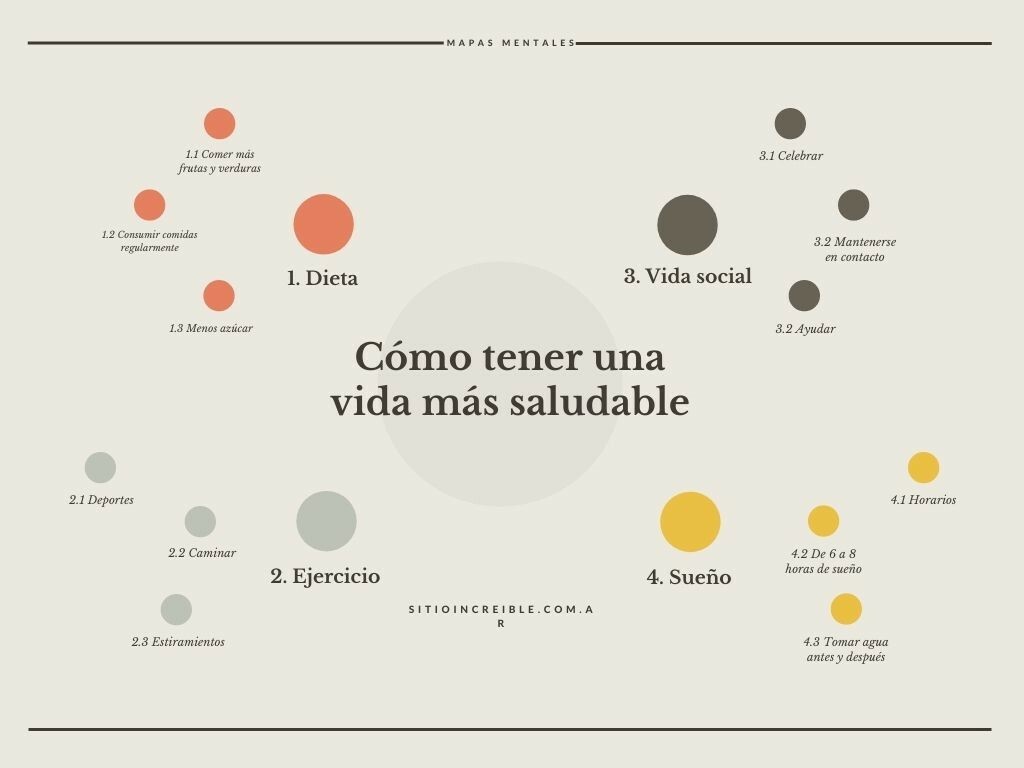
- mind map of Rainbow
This type of map is ideal for representing processes. On one side of the arch the initial state of a theme is placed and through the stripes it is expressed the processes that lead from that initial situation to the results, located at the other end of the bow. For example:
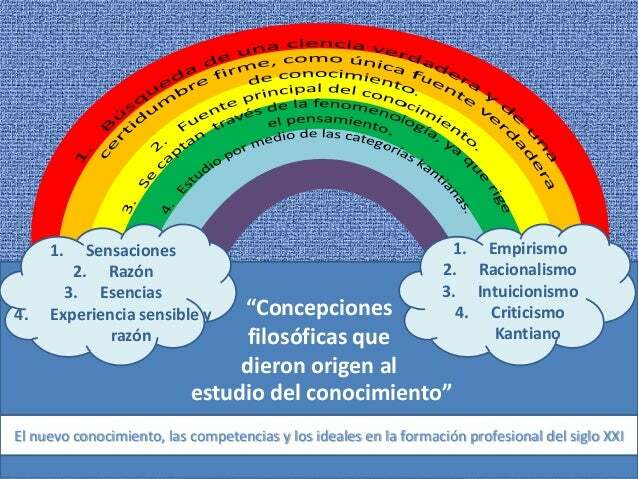
- honeycomb map
This type of map is organized around a central hexagon to which others are added around it, through which the information to be included is distributed. For example:
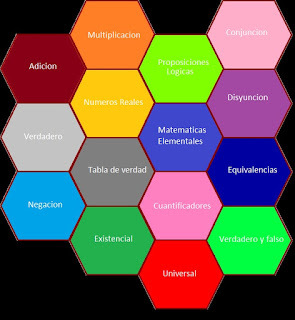
- circular mind map
This type of map has a concentric layout. The information starts from a central circle in which the central concept or the initial state of a process is located. and around other circles are arranged in which the secondary ideas or stages are raised later. They are ideal for representing processes or chains of events since, thanks to their layout, they allow the different stages to be easily understood. For example:
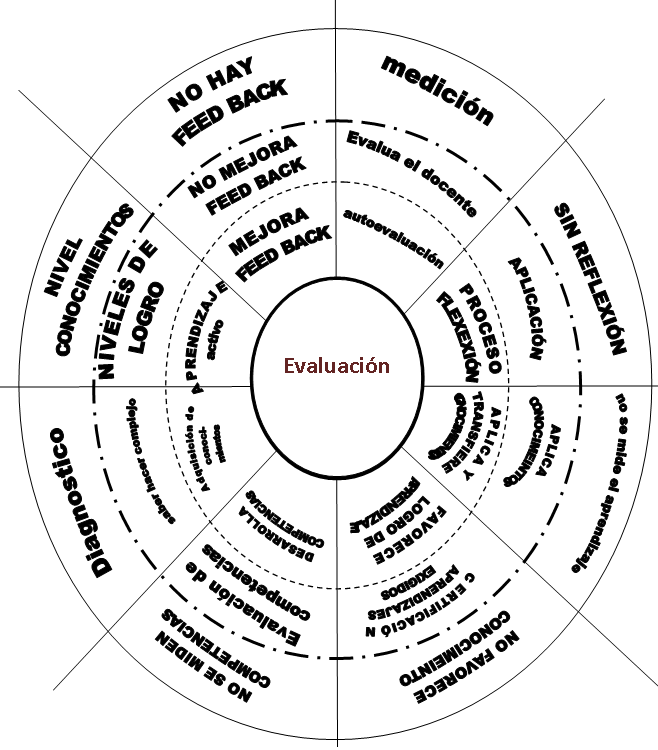
Types of concept maps and examples
Since concept maps have a more rigid and hierarchical structure than mind maps, they will always be represented in a similar way, with the main idea at the top and in the center and the secondary ideas breaking off in the lines subsequent.
It is often said that the concept map has an "inverted tree" structure: with the trunk at the top and the branches connecting downwards. For example:
- Conceptual map on textual typologies
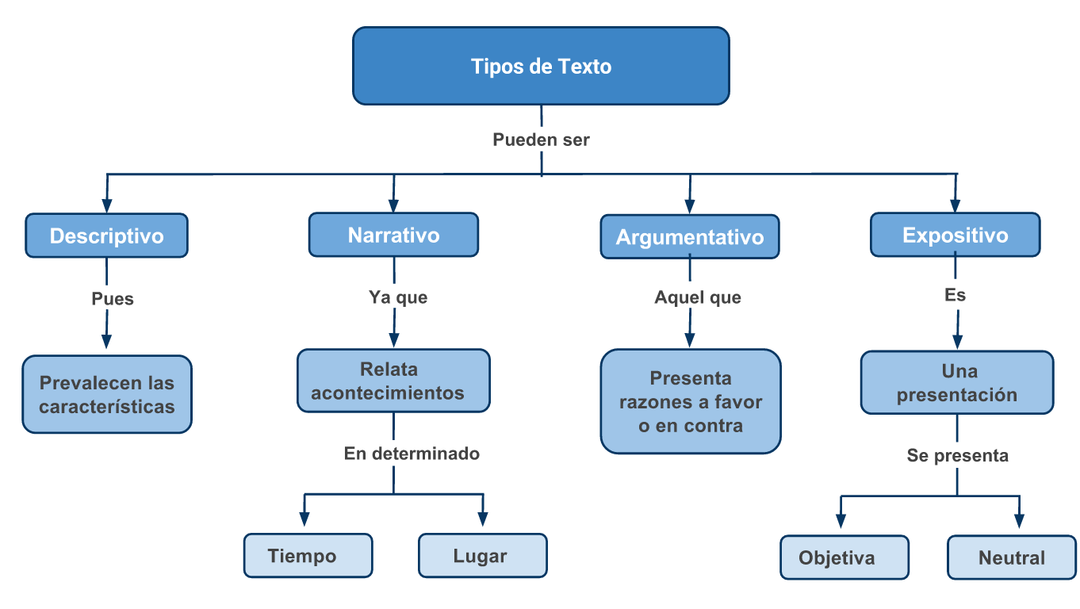
- Concept map on economy

- Conceptual map on ecosystems
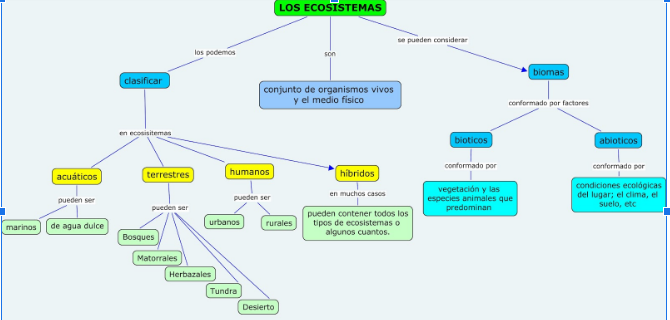
- Conceptual map on the Pure Theory of Law
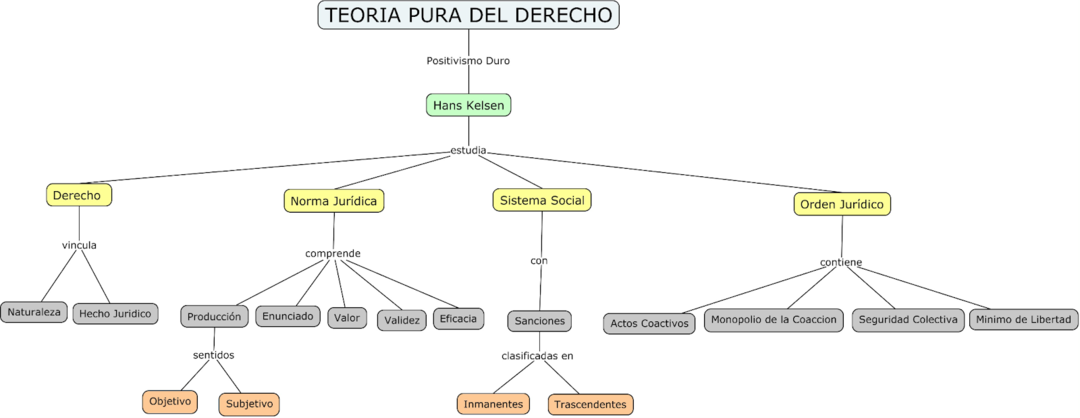
- Conceptual map about the branches of philosophy
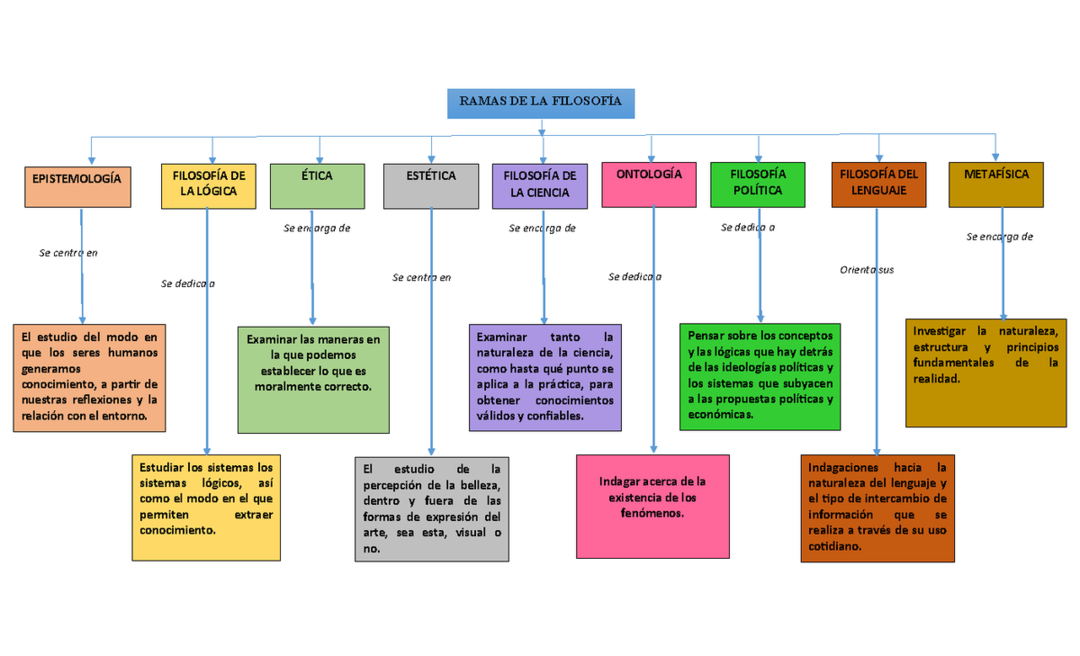
- Concept map on software engineering
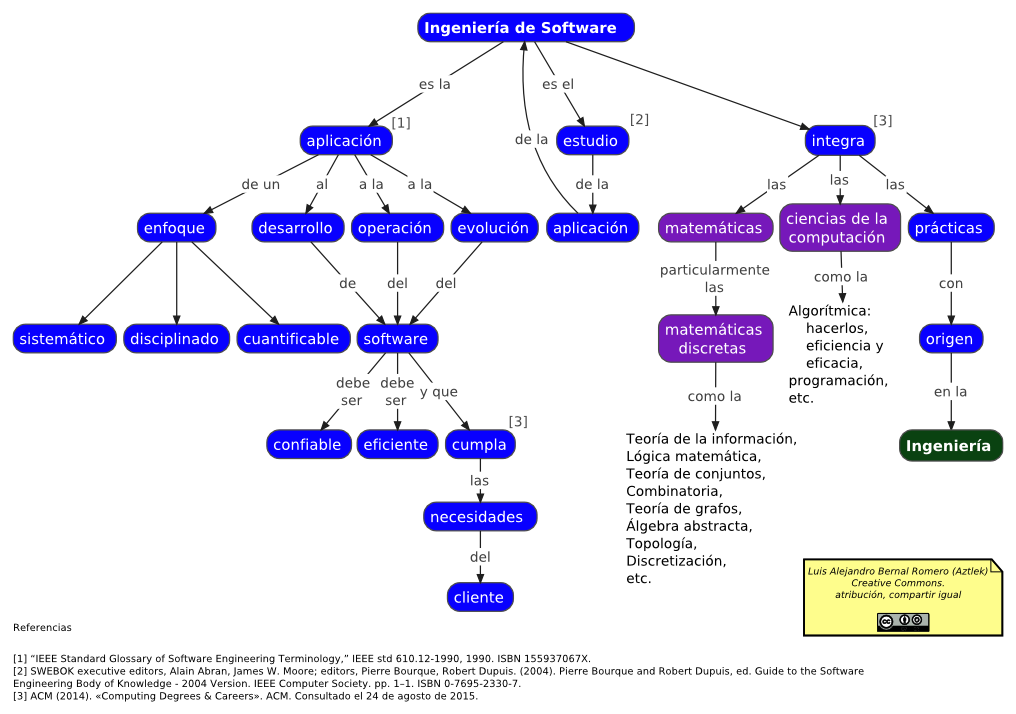
It can serve you:



